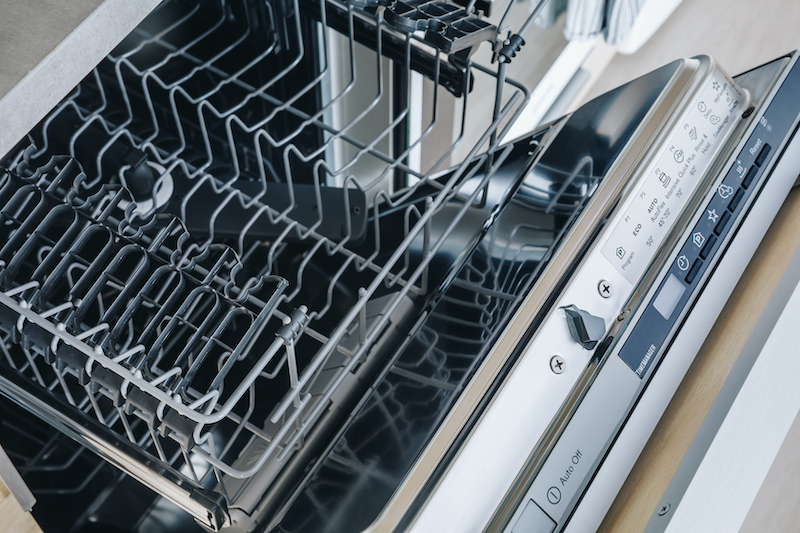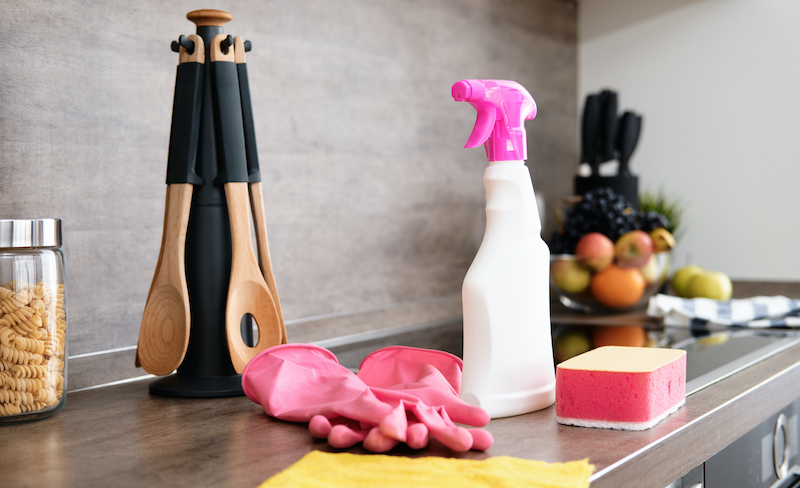
Dishwashers are a convenience that almost seem impossible to live without, yet they’re so easy to misuse.
Beware of these four worst ways to use your dishwasher.
Using a cold, lukewarm, or short cycle
Lots of dishwashers on the market offer a variety of cleaning settings, like cold washes and rinses, and short cycles. While these options may save time and some money on your water bill, they’re not the best use of your dishwasher.
Avoid using wash options other than full, hot cycles. Cold and shortened cycles can cause grease and goo to accumulate—not exactly an ideal environment for getting things clean.
Not using the heated dry
Not only can the heated dry option produce dishes that are virtually dry, but it can also help eliminate lingering dampness and humidity in your dishwasher. This is key because if a dishwasher remains cool and wet after a wash it can become a breeding ground for mold and mildew.
Using detergent pods. Yes, detergent pods.
Although detergent pods can be easy to pop in and use, oftentimes they don’t clean your dishes as thoroughly as a liquid detergent. The reason being that most newer dishwashers don’t get water hot enough to totally dissolve the pods. This may cause partially-dissolved pods to gum-up the door, or leave residue on your dishes.

Not performing maintenance
There are two key things you can do to keep your dishwasher in good working order. One is to clean it weekly. You can do this by simply running one cup of white vinegar through the dishwasher once a week. This will help disinfect your machine and eliminate hard water buildup and lime scale.
The other thing you can do is clean the filter after each use. Much like the basket drain in your kitchen sink, your dishwasher has a filter to catch large bits of food. Water used to wash your dishes circulates through that filter, so it’s important that you make sure it stays clean.














